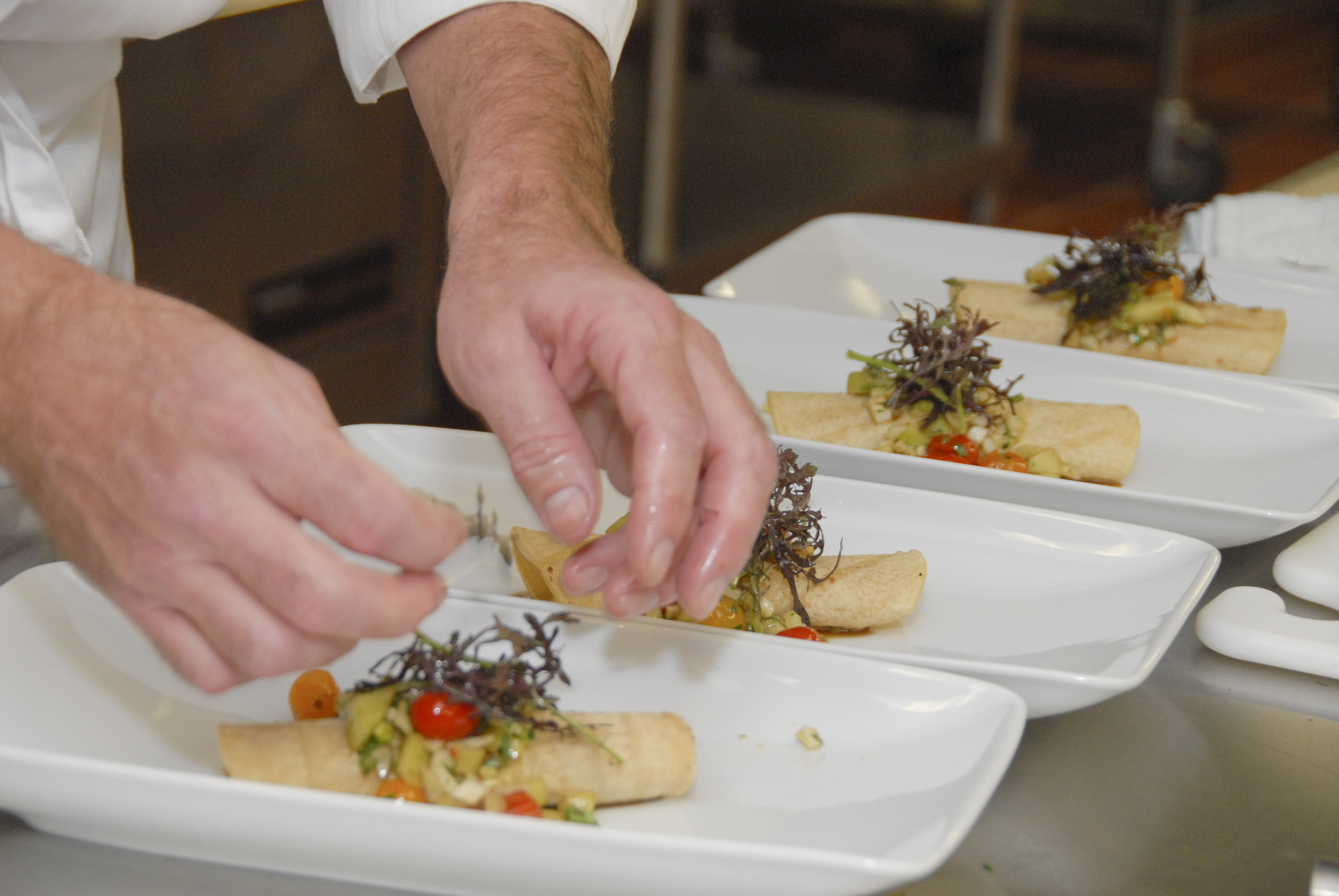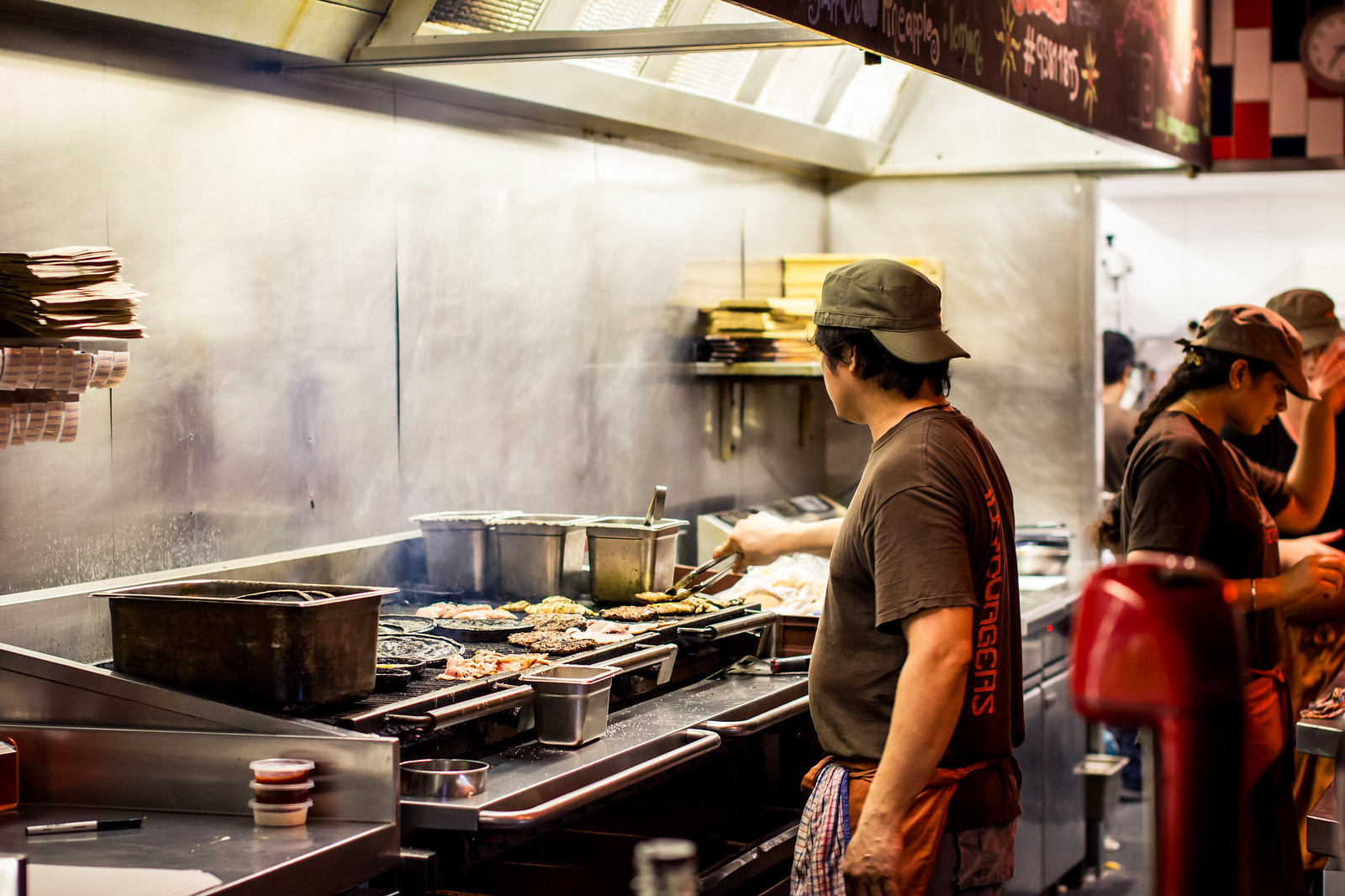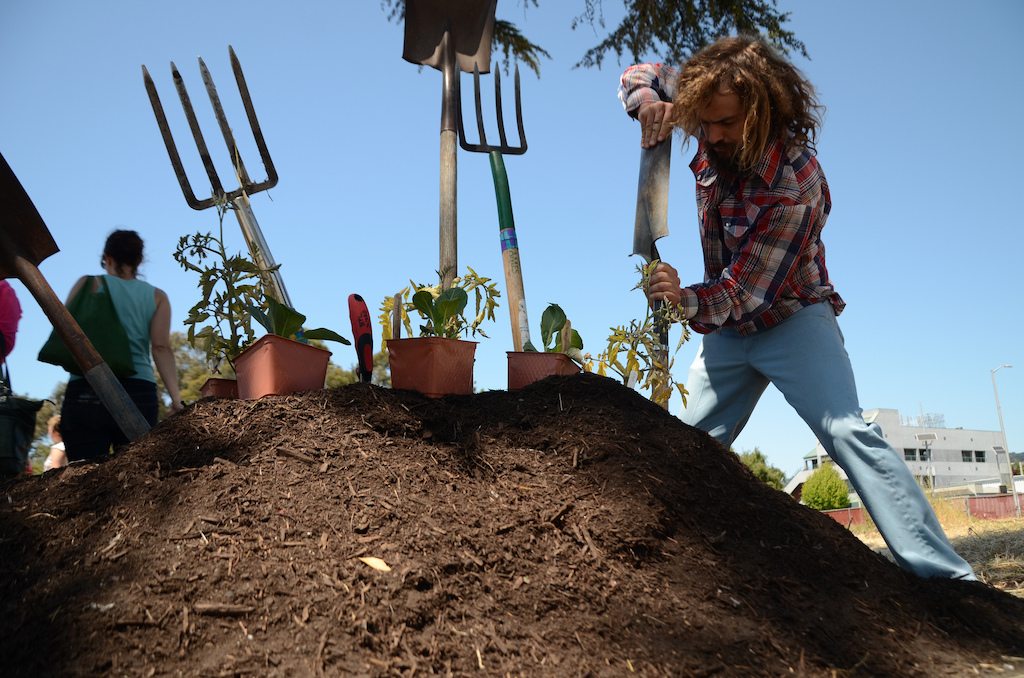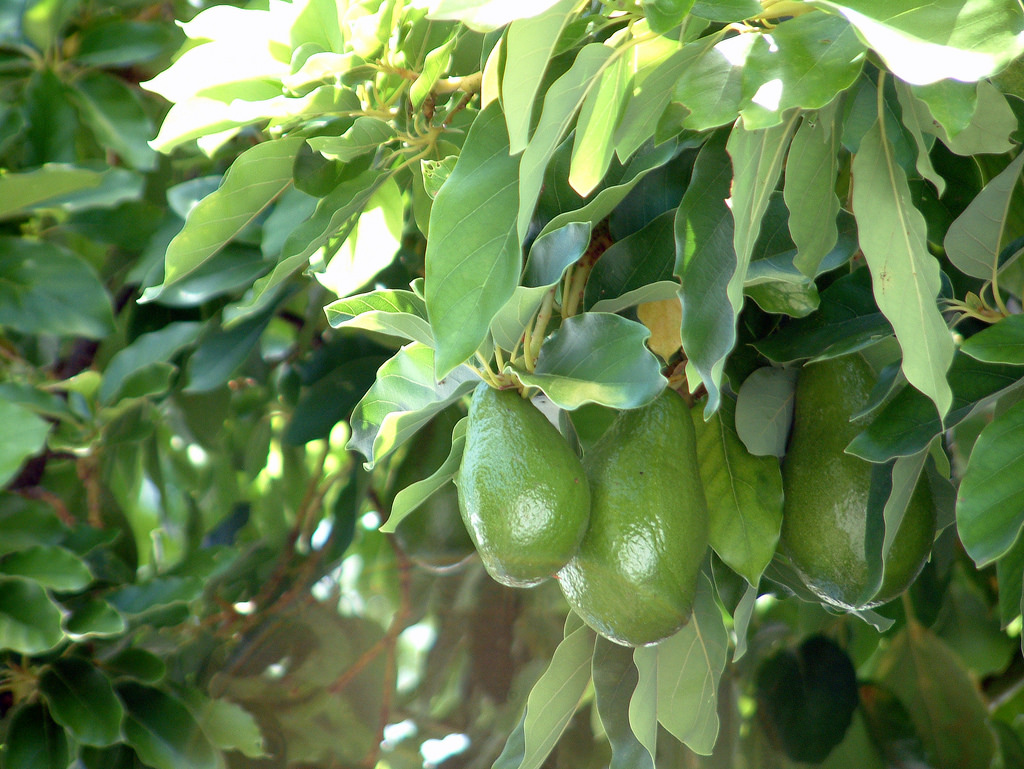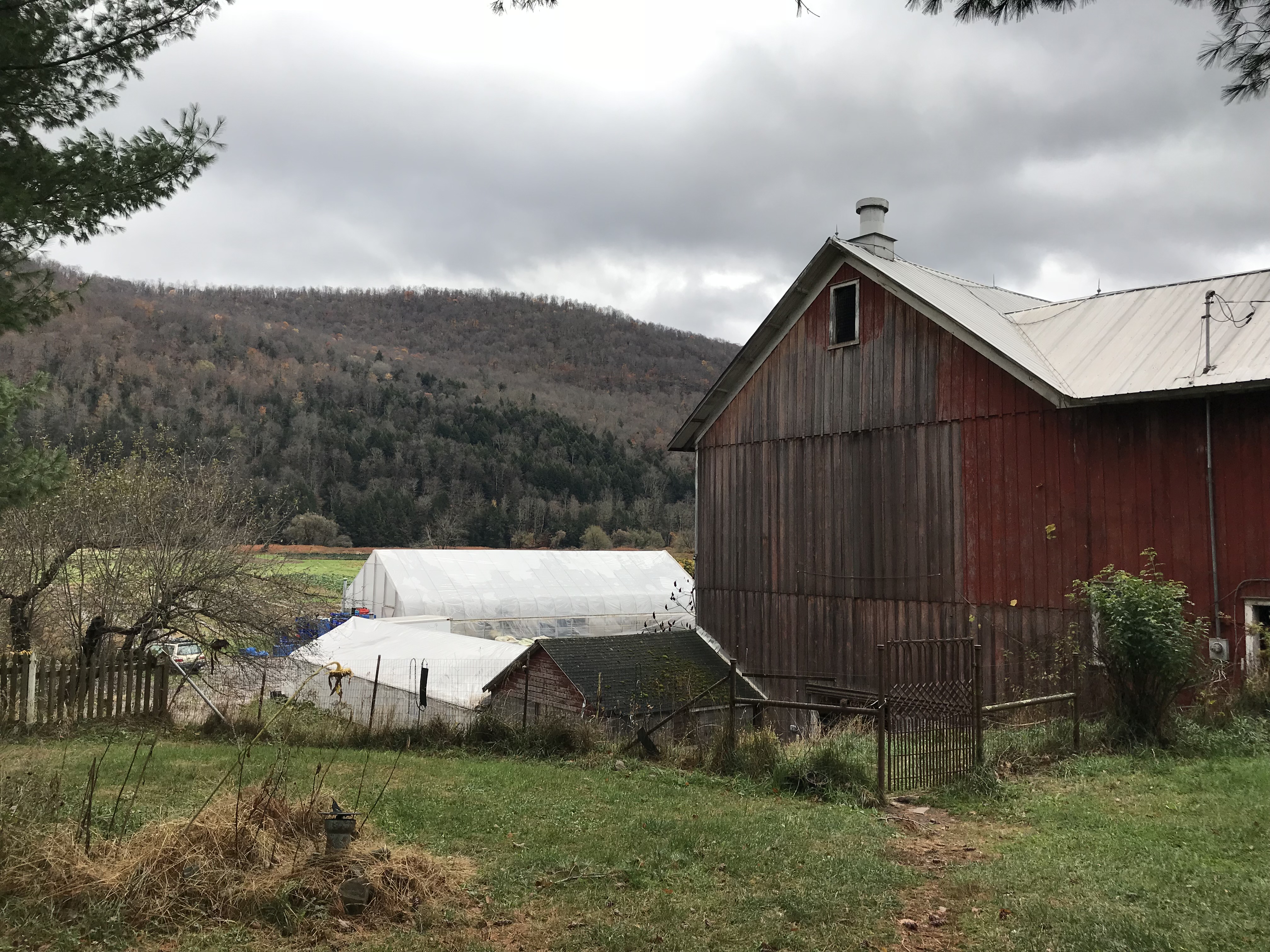
James Beard Foundation
California cuisine is back. Texas is its own world. And New York City is no longer the center of the restaurant world. Or so said the James Beard Foundation, the country’s leading culinary arbiter, on Tuesday.
Beginning in 2020, the foundation will expand its annual restaurant and chef awards, widely known as the Oscars of food, to recognize talent in a dozen regions. And in a first for the honors, three of those regions will actually be individual states. Besides the Lone Star and the Golden State, the Empire State is included—a sign of America’s ever-shifting food culture. The new categories also include a “mountain” region, encompassing chefs and restaurants in Colorado, Idaho, Montana, Utah and Wyoming.
Mitchell Davis, the foundation’s chief strategy officer, says the reorganization, as well as the first regional expansion since 2007, were meant to emphasize the dispersion of dining.
New York City’s demotion is a shock. For decades, the city has been America’s dining capital, and the five boroughs have been honored in their own, stand-alone category since the first awards, bestowed in 1991.
“Many other dynamic dining landscapes have emerged in America, and we’re just trying to de-emphasize the centrality of New York to everything, honestly,” says Davis.
Previously, restaurants in New York state, apart from those in the five boroughs, were included in the Beard Awards’ Northeast region, which also includes restaurants in Vermont, Maine, and Massachusetts. But many new restaurants in the Empire State have more in common with the Big Apple than they do with New England—including chef-owners. Running a restaurant in New York City is harder than ever, with sky-high rents pushing lots of beloved chefs out of the city and out into the wilds beyond the urban jungle. Gastrotemples are now a staple of communities from the Hudson Valley to the Catskills.
“I think that we should not be punished for leaving New York City and trying to do something a couple hours outside, where the farmers live,” says Akira Akuto, owner of Konbi in Los Angeles’s Echo Park neighborhood, and a Momofuku alum. “I don’t think chefs leave New York City to go to New England. They just try to get a little bit outside the city. Or move to California.”
That’s what Akuto did. Four years ago, he moved to Los Angeles, where rents were cheaper, and produce that had been hard to find in New York City was suddenly bountiful. Also on Tuesday, Bon Appetit named Konbi, a Japanese sandwich shop that he co-opened last year, the country’s best new restaurant.
As part of the Beard reorganization, California has become its own region again. Since 2007, the state has been part of a category that includes Nevada and Hawaii. But in 2020, chefs in Las Vegas will be considered part of the Southwest region, competing against those in Arizona, New Mexico, and Oklahoma. Meanwhile, restaurants in Honolulu will go head-to-head with those in Pacific Northwest states with thriving culinary scenes, including Oregon and Washington.
It’s tempting to say that California’s newly reclaimed status is a reflection of the fact that many talented chefs like Akuto, who years ago would have been firmly entrenched in New York City, have decamped to the Golden State, instead. But chefs in California, particularly those in Los Angeles and San Francisco, have dominated the awards in years past. Akuto believes giving California its own category will break up some of the gridlock, and allow some chefs who have been nominated for many years to finally win an award. Such as the influential chef, Jeremy Fox, of Birdie G’s in Santa Monica.
“It’s going to create the opportunity for chefs here to be recognized with a win, instead of being nominated for five, six years in a row,” Akuto says. “It is an honor to be nominated, but it just speaks to the density.” Fox, Akuto says, should eventually win, but multiple nominations are part of “the game.”
“You’re basically waiting your turn,” he says.
Davis, meanwhile, says the reorganization is less about recognizing deserving chefs in Los Angeles, and more about the chefs in border states that had long been overshadowed. Giving Texas its own category, he says, “probably means more for Arizona,” which can now shine brighter in a realigned Southwest region category.
“Twenty more restaurants at the semi-finalist level are going to have a spotlight shone on them. And 20 more restaurants in the bordering regions are going to have the spotlight shone on them,” says Davis.
Outside of the internecine restaurant world culture, and the chance to give more chefs a crack at the award, Davis says the realignment is about recognizing the changing face of America. The conversations about giving Texas its own category began, he says, in 2012, when consultants suggested that the Lone Star’s state’s exploding population and restaurant density, fueled by immigration, warranted a change in policy.
“There could very well have been amazing food in Houston, as I’m sure there was 30 years ago,” he says. “But it didn’t register in the same way before social media, before dining became less a sort of hobby of the affluent and a kind of cultural pastime of the masses. This redefinition of what a great restaurant can be in America—we’re not measuring it against 350 years of a codified cuisine that requires some sort of, you know, massive shift of power structures. It’s just, this is really good, and maybe Superiority Burger should be nominated as one of the best restaurants, because it’s fucking awesome.”

